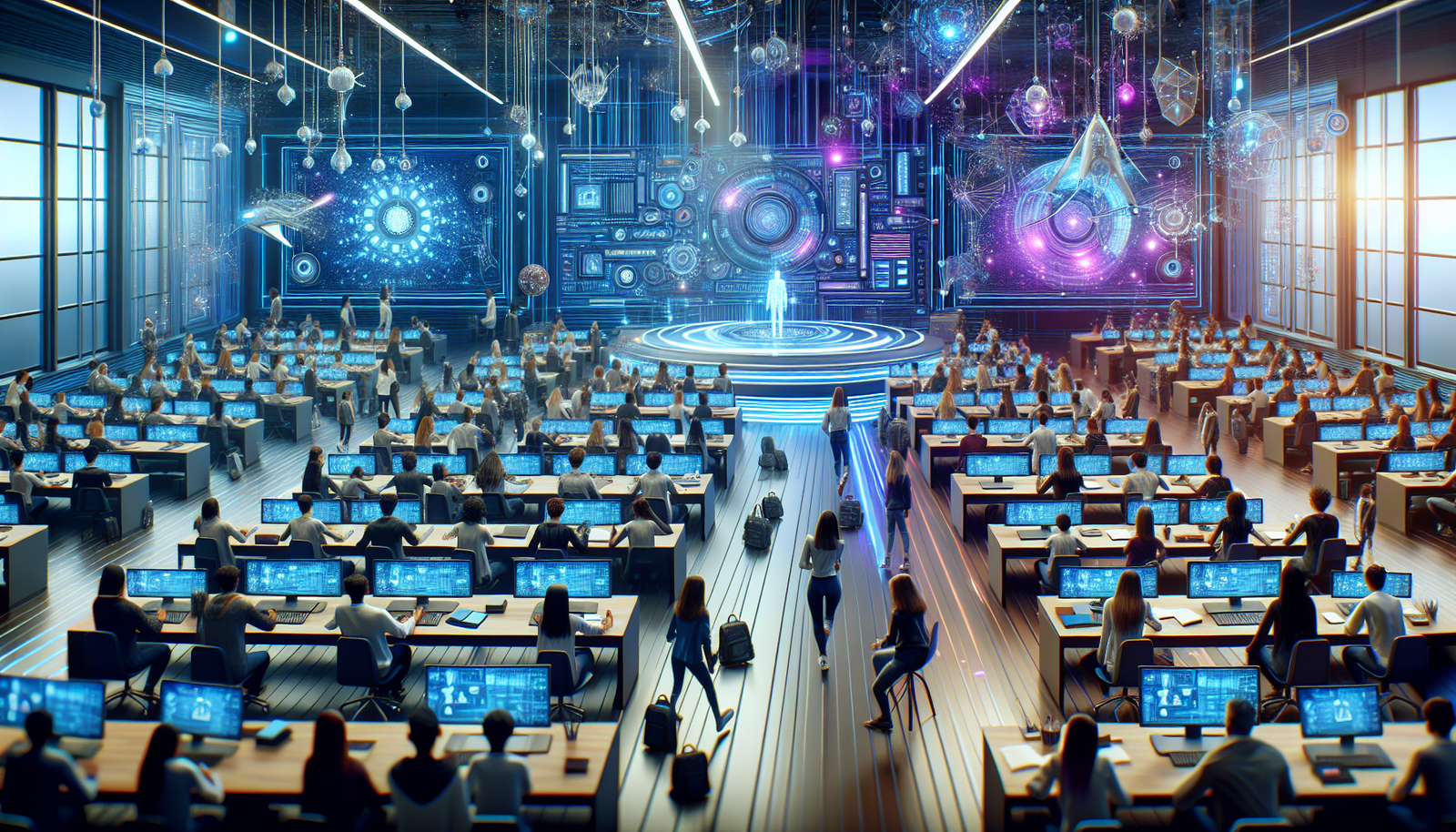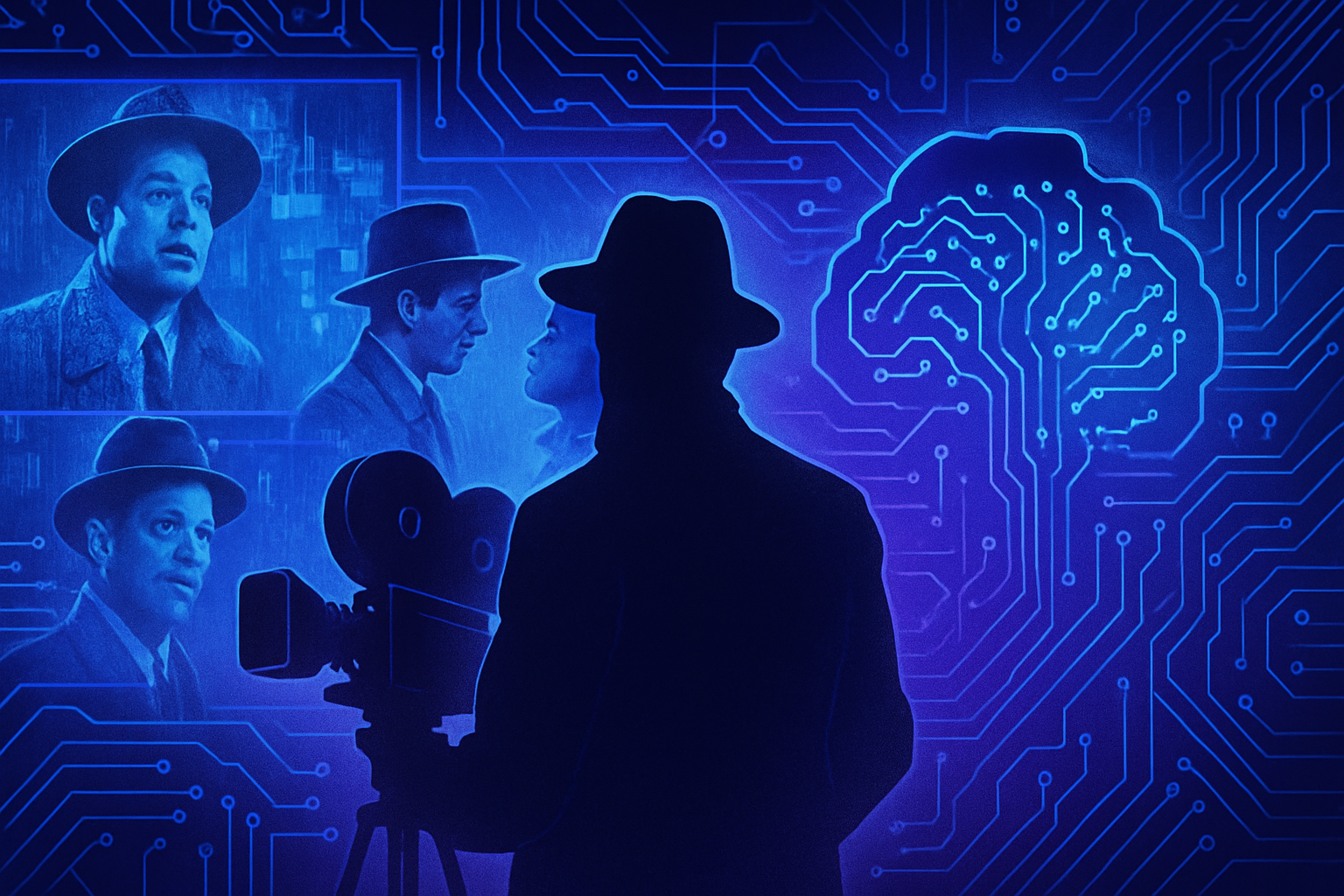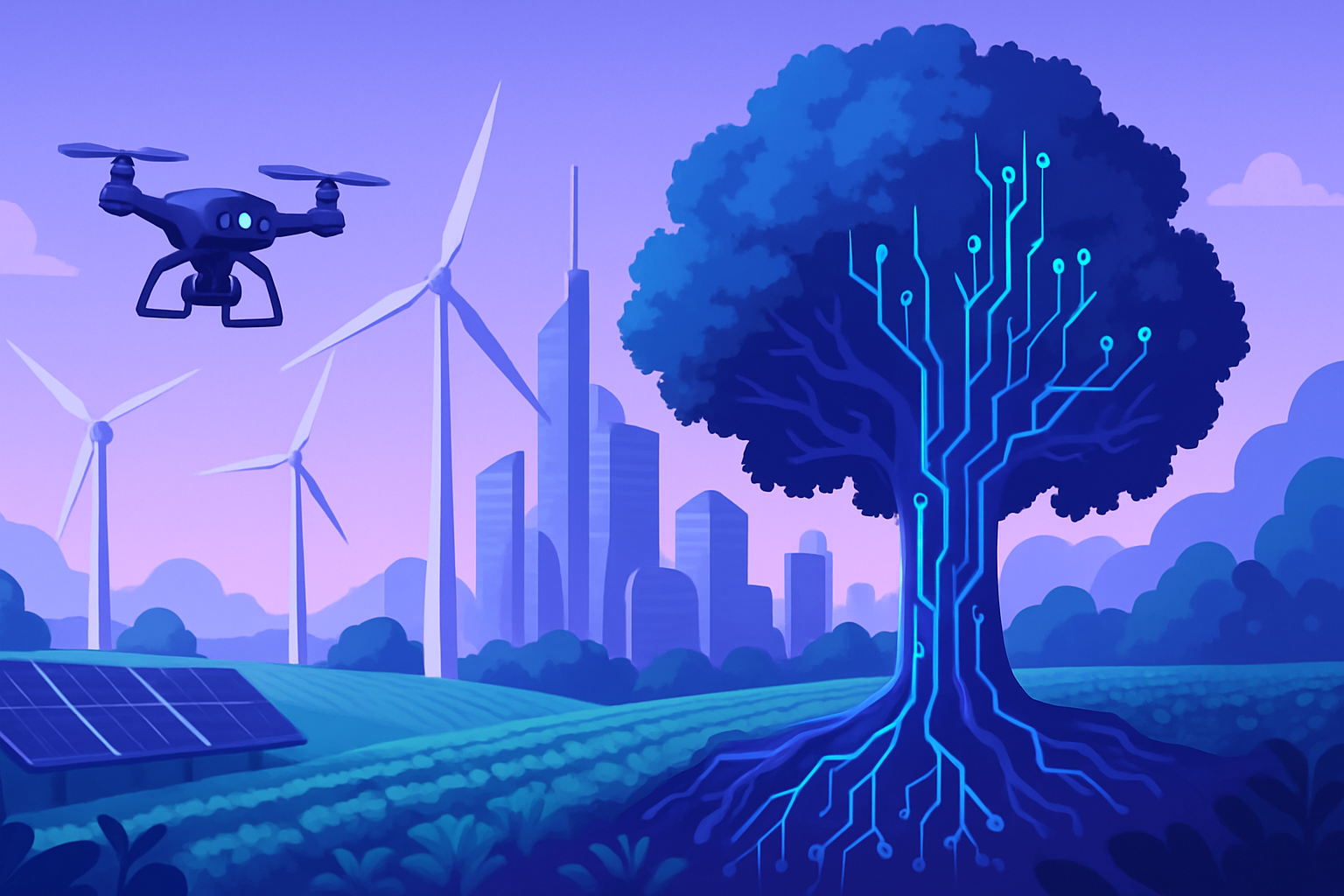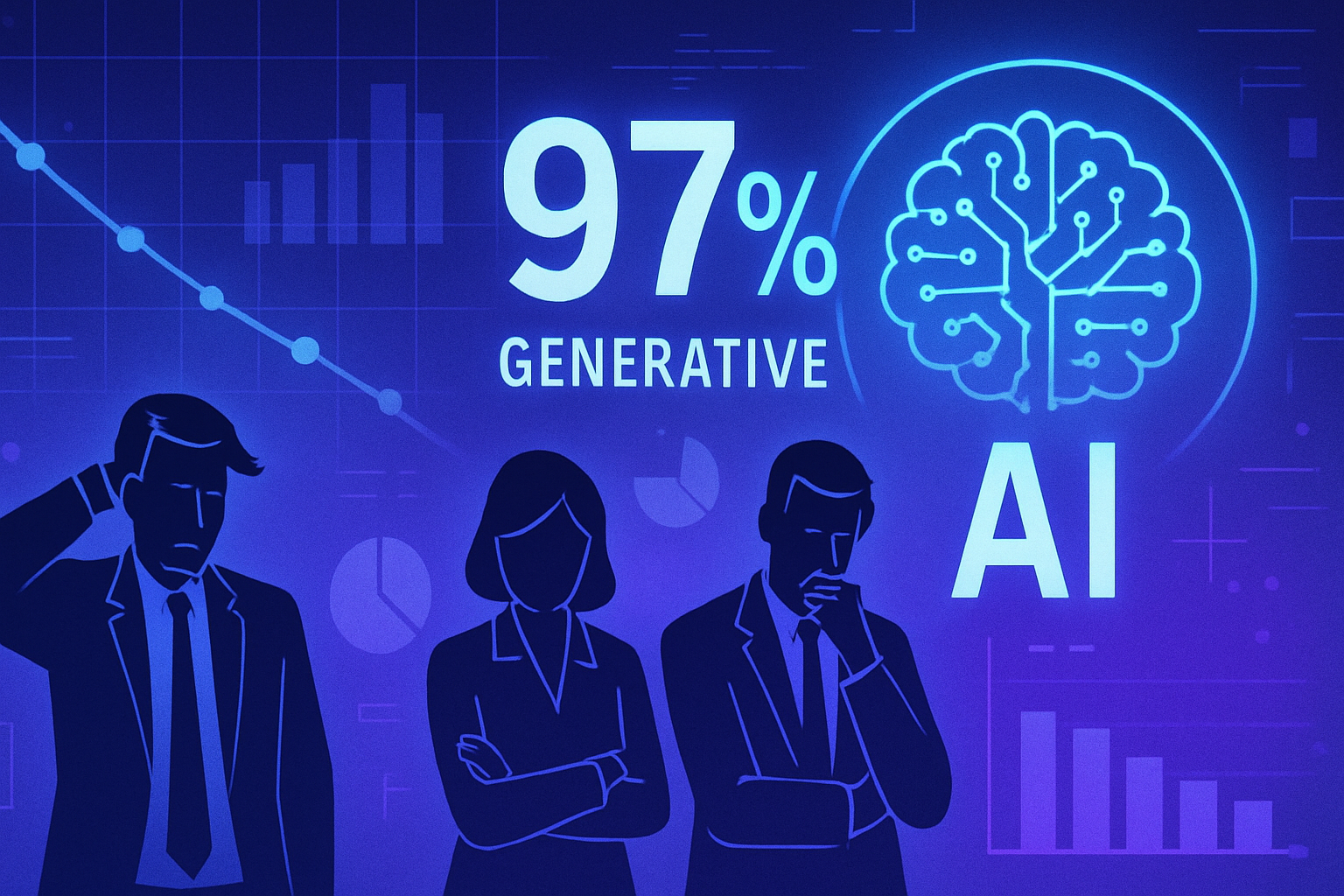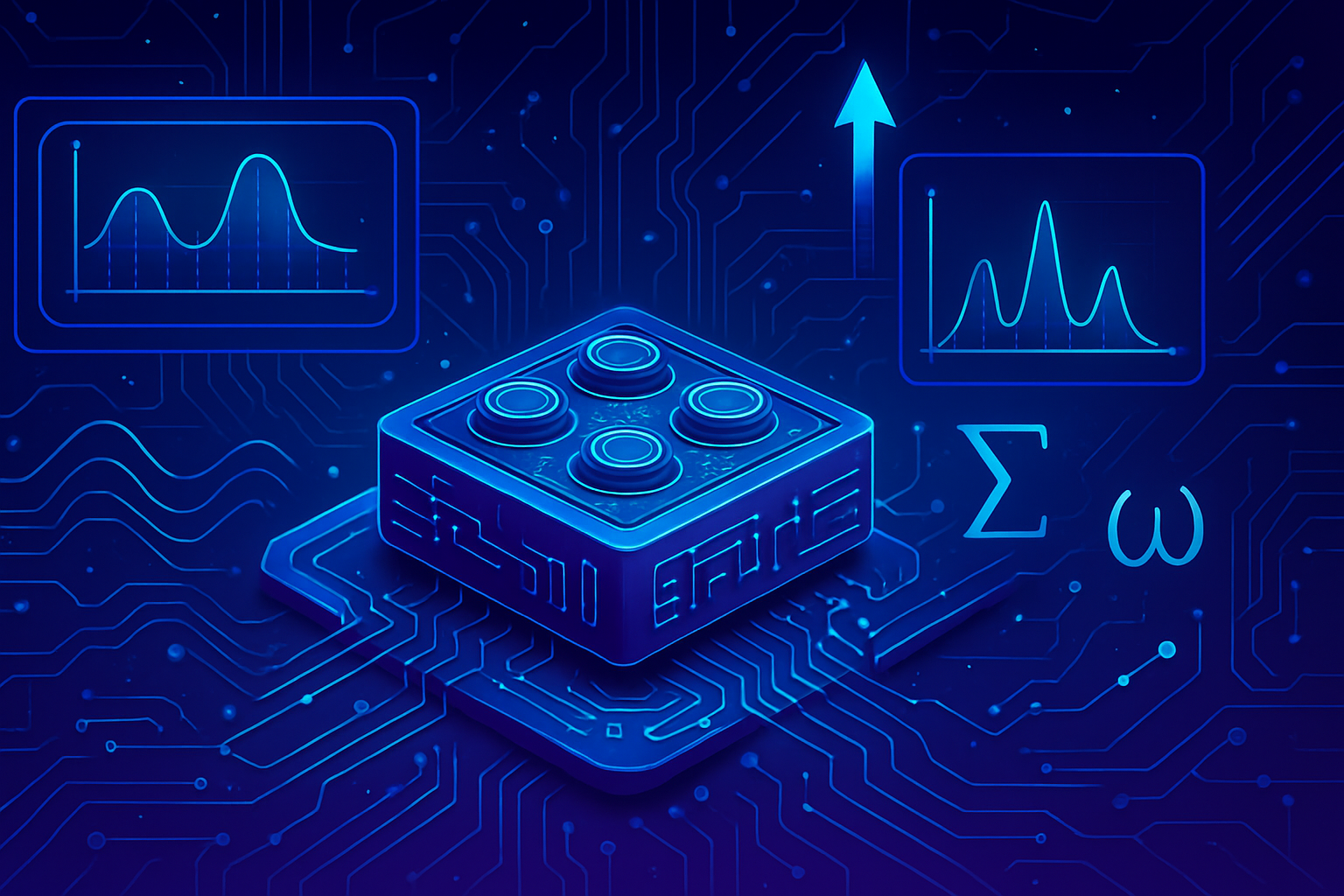Artificial intelligence is revolutionizing the educational sector, transforming conventional teaching methods. Brisk, an innovative platform, recently raised *$15 million*, illustrating the growing enthusiasm for personalized education solutions. This funding reflects a *commitment to tailored learning*, making education more accessible and engaging. Teachers are discovering innovative tools that *meet the specific needs of students*, allowing them to optimize their teaching. The entry of Brisk into this field raises crucial questions about the coexistence of robots and human educators in our classrooms of tomorrow.
The Rise of Brisk in Education
Brisk, an innovative startup, recently raised $15 million to develop artificial intelligence (AI) solutions for classrooms. This funding round demonstrates investors’ confidence in the future of AI-assisted education. Brisk’s technology enables teachers to personalize learning by analyzing individual students’ needs, thereby transforming traditional teaching methods.
Using AI in Classrooms
AI applications in education are multiplying, making learning more interactive and effective. Brisk provides teachers with powerful tools, including comment generators and presentation creators, which facilitate lesson preparation. Educators rely on these innovations to infuse new energy into their teaching practices.
Impact on the Role of Teachers
With the adoption of AI, the traditional role of teachers is evolving. They are becoming more facilitators than mere transmitters of knowledge. Thanks to personalized learning tools, the student-teacher relationship is strengthened, fostering a collaborative learning environment. Education professionals are noticing a significant improvement in student engagement and, consequently, increased motivation.
Reactions from Educators
Many educators express cautious optimism regarding this technological revolution. They have noted that integrating AI tools like Brisk into classrooms helps save time and improve the quality of teaching. Feedback indicates that teachers can, thanks to these technologies, focus more on the individual support of students.
Challenges and Ethical Considerations
Despite these advances, challenges remain in integrating AI into the classroom. Concerns about data privacy and the impact of automation on educational employment worry some stakeholders in the field. Experts advocate for clear ethical frameworks to ensure that the use of AI respects human dignity and promotes quality education.
Future Perspectives for Education
By 2025, teaching the basics of AI will be a reality in middle and high schools, according to official announcements. This change illustrates the commitment of educational institutions to train a generation prepared for digital challenges. Online learning platforms, such as Coursera and Google Classroom, also enhance the accessibility of these new skills to students worldwide.
Brisk and Continuous Innovation
Brisk promises to continue innovating in the educational sector. The company plans to add new features that will allow teachers to respond even better to the diverse needs of their students. By promoting both personalized and collaborative learning, Brisk is part of a profound transformation in education. Feedback gathered from educators indicates growing satisfaction with the AI tools that facilitate their daily work.
Conclusion on the Impact of AI on Education
The rise of AI technologies in classrooms is redefining the contemporary educational landscape. Brisk, with its significant funding, perfectly exemplifies this trend. Educators must adapt to these new realities to offer a rich and tailored learning environment that meets the demands of our digital age.
Questions and Answers About AI in Classrooms and Brisk’s Funding
What is Brisk and how does it use AI in education?
Brisk is a free Chrome extension that uses artificial intelligence to help teachers save time in their daily tasks, including creating personalized comments, presentations, and integrating educational tools like Google Docs and YouTube.
Why did Brisk raise $15 million and what does it mean for education?
The $15 million funding allows Brisk to further develop its AI tools and expand its impact in the educational sector, thereby facilitating wider access to high-quality personalized educational resources for teachers and students.
How is AI changing the role of teachers in the classroom?
AI enables teachers to become facilitators rather than mere knowledge reciters, providing them with tools to personalize learning and support their students more effectively.
What types of benefits do teachers and students gain from using Brisk?
Teachers can save time, reduce their workload, and improve student engagement through personalized learning. Students benefit from a learning experience tailored to their specific needs.
What are the challenges associated with integrating AI into classrooms?
One of the main challenges lies in the acceptance of these tools by teachers and students, as well as the need for appropriate training to ensure ethical and effective use of AI in educational settings.
Do parents have access to data or reports through the use of Brisk?
Yes, the integration of AI in education also allows parents to gain insight into their children’s progress through reports generated by teaching tools, thus facilitating effective collaboration between teachers and families.
How can AI affect the learning of students with specific needs?
AI has the potential to offer tailored learning for students with specific needs, allowing for differentiated instruction that caters to each learning style and promotes inclusion.
Does Brisk envision collaborations with other educational platforms?
Yes, Brisk may consider collaborating with other educational platforms to enrich its features and provide an even more integrated and effective learning experience.
What impact could AI have on the future of teaching?
AI could transform teaching by automating certain tasks, making learning data more accessible, and offering innovative pedagogical methods that better meet student needs.
